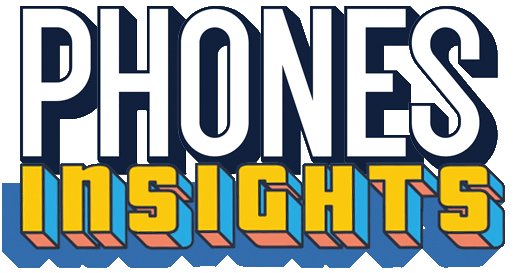What you should know
- The iPhone 15 Pro Max uses a hybrid glass-plastic lens for its Tetraprism periscope camera, delivering up to 5x optical zoom. This lens, known as 1G3P, is made up of one part glass and three parts plastic.
- Analyst Ming-Chi Kuo predicts that the use of glass-plastic hybrid lenses in the iPhone 15 Pro Max and Huawei P70 Art will lead to changes in the industry, including the use of molding/spherical glass in these lenses rather than lower-quality wafer-level glass.
- The 1G3P lenses are becoming more competitive with 8P lenses, which are made up of eight plastic lenses. The 1G3P lenses have the advantage of being lower in height and increasingly competitive in terms of pricing.
- More high-end phones are expected to use glass-plastic hybrid lenses following the example set by Apple and Huawei. Leading manufacturers of these lenses are currently Largan and Sunny Optical, with Largan having more experience and a higher advantage in the market according to Kuo.
Full Story
Ming-Chi Kuo, a TF International analyst, recently shared some insights. He released a research note about the hybrid glass-plastic lenses. These lenses are used by Apple in the iPhone 15 Pro Max. They’re also about to be used by Huawei for one of its 2024 flagship models, the P70 Art.
The iPhone 15 Pro Max uses this hybrid lens for its Tetraprism periscope camera. This camera is able to deliver up to 5x optical zoom. The lens is known as 1G3P. It’s made up of one part glass and three parts plastic.
Kuo’s research note suggests that the use of these lenses will lead to changes in the industry. He sees this trend leading to the use of molding/spherical glass in these hybrid lenses. This would be a step up from the lower-quality wafer-level glass.
The analyst also sees 1G3P lenses becoming more competitive with 8P lenses. These 8P lenses are made up of eight plastic lenses. The 1G3P lenses have the advantage of being lower in height. They’re also getting more competitive with 8P when it comes to pricing.
Speaking of pricing, the 1G3P hybrid lens used by Huawei costs $12 at the prototype stage. Kuo sees the price dropping to $6-$7 in mass production. This is expected as yield rates rise. Higher yields at Largan will also allow Apple to add the Tetraprism lens to the iPhone 16 Pro next year.
The analyst also says that glass-plastic hybrid lenses will be better able to fix lens deformation. This deformation is created by the design of compact camera modules (CCM). Kuo sees more high-end phones using glass-plastic hybrid lenses. This is following the example set by Apple and Huawei.
Currently, “Largan and Sunny Optical are the leading manufacturers of glass-plastic hybrid lenses” according to Kuo. However, Largan has more experience in this market. Kuo gives the nod to Largen which he says “has a higher advantage over Sunny Optical.”

